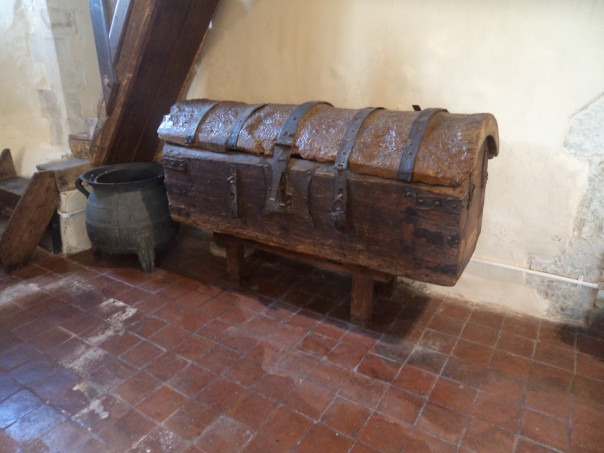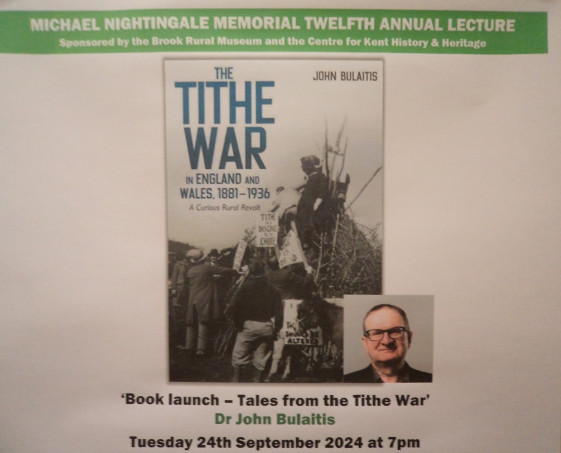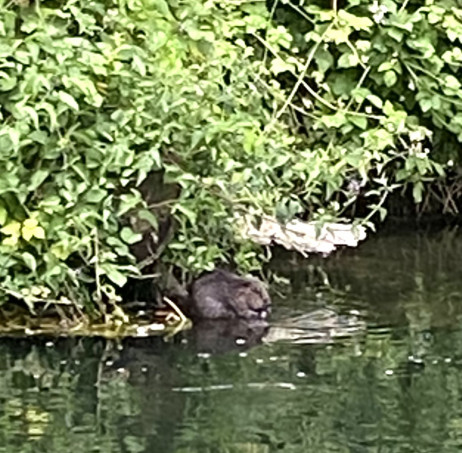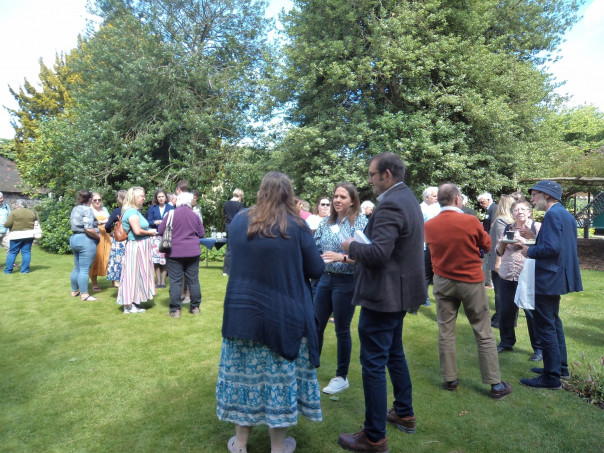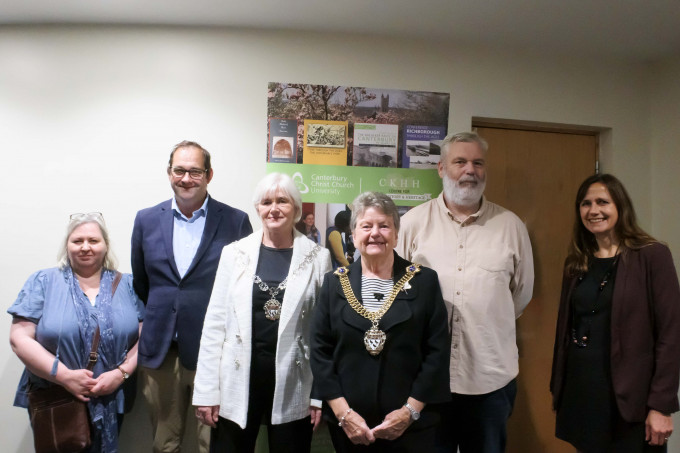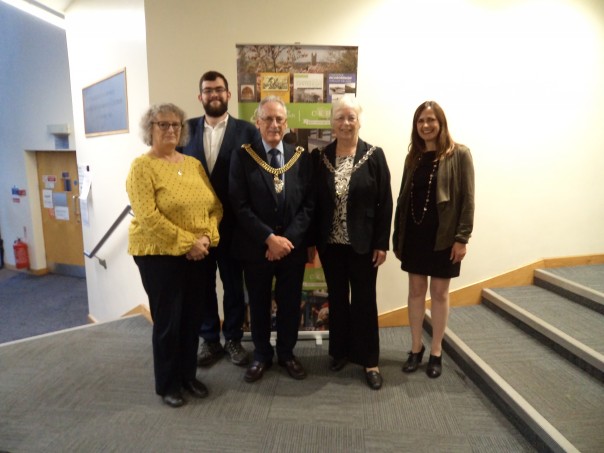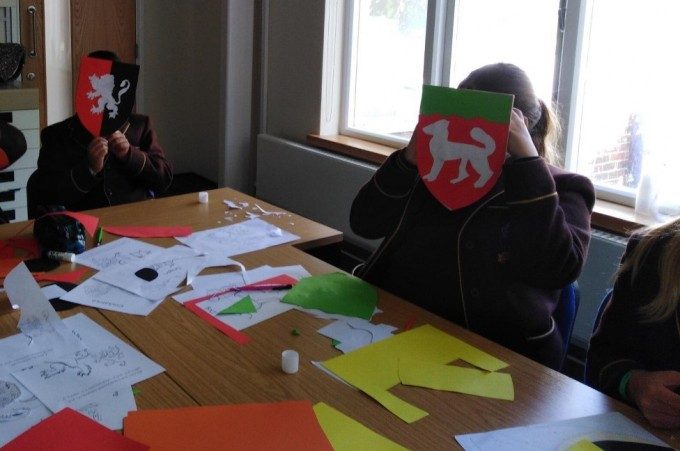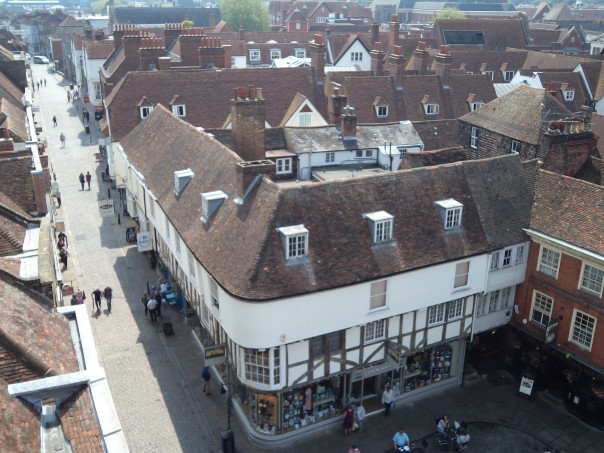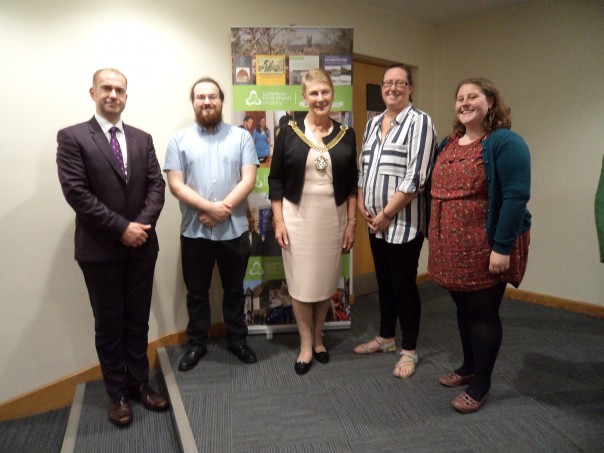Good news, firstly Craig Dadds at the CCCU Bookshop tells me that the ‘virtual bookshelf’ for the Tudors and Stuarts Weekend is now up, please see: https://bookshop.canterbury.ac.uk/tudors-and-stuarts-weekend-2025 and secondly, I […]
Nightingale lecture, Landscape conference and Behn project – exciting events
It is now less than a week until the Nightingale Lecture and just over a week until the Society for Landscape Studies conference, with the following Saturday 5 October being […]
Tenterden Museum and Canterbury Conference
I’m going to split the blog again this week because there is so much going on. Moreover, I’ll use this one to publicise public events linked to Centre people coming […]
CKHH: celebrating 10 years – past, present and future
As I mentioned in the first blog for this week, Kieron Hoyle will be giving the next Kent History Postgraduates group presentation next week, and then going into July she […]
Nightingale Lecture and other events
Very important: the ‘Institutional Care in Kent’ conference scheduled for this Saturday 30 September has had to be postponed due to the rail strike, unforeseen issues relating to catering and […]
Nightingale Lecture 2019
Nightingale Lecture by Professor Carl Griffin on the Swing Riots and their aftermath. Professor Ellen Swift on replica Ancient Egyptian musical instruments.
Shields at the Ready! The Dering Roll and Medieval Education Day
As Dr Sheila Sweetinburgh reminded me (Dr Diane Heath), it has been a year since our participation in the first Medieval Education Day for primary schools in the East Kent […]
Exploring place and space in Faversham and Canterbury
Now that we are into October, it is great to report that the School of Humanities’ taught Masters degrees in both Modern History and Medieval and Early Modern Studies are […]
Hops in history – Nightingale Lecture and Ian Coulson Awards
This week has brought the start of the academic year, I hope the final touches to the Medieval Canterbury Weekend 2018 webpages so that they can go live next week […]
